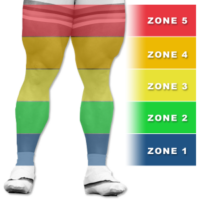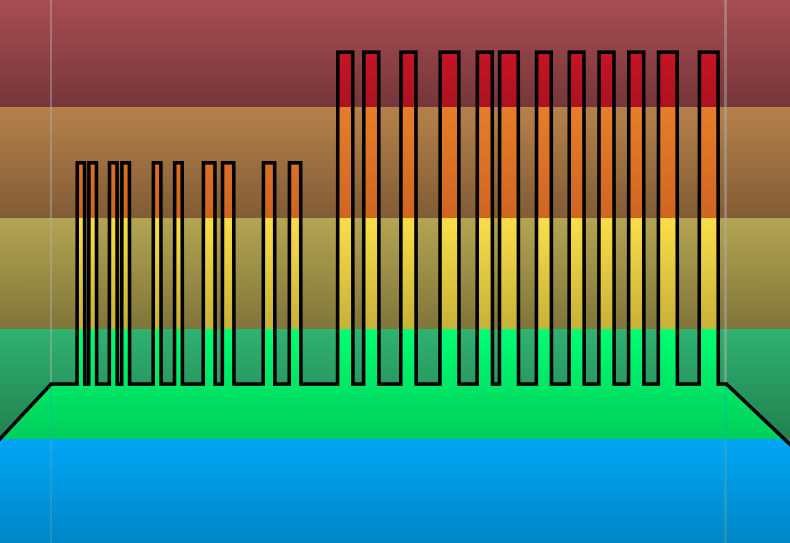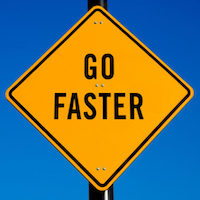Ask the Expert: Do My Legs Have a Zone 5?
After I posted my most recent profile, EDM Muscle Madness, a number of instructors said their riders found it difficult to push into Zone 5 during the strength intervals, even though they were riding as hard as they could. Are these riders doing something wrong because they are not able to hit Zone 5?Read more…









